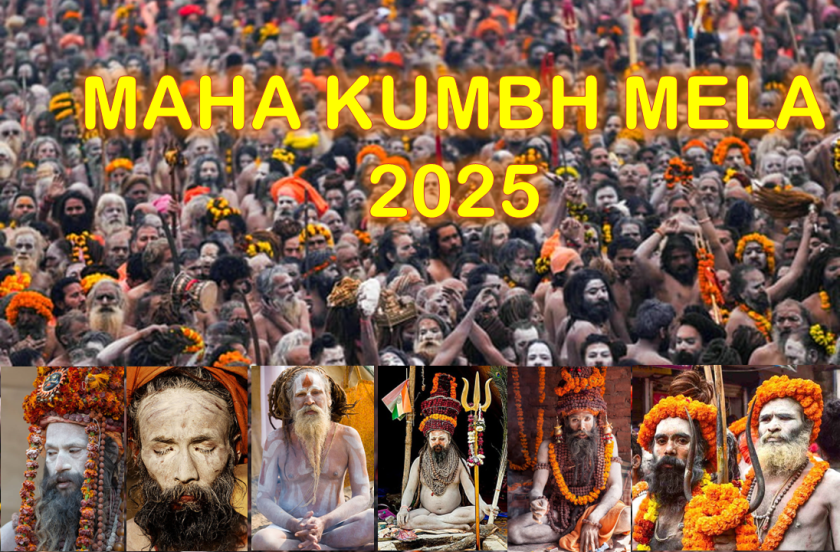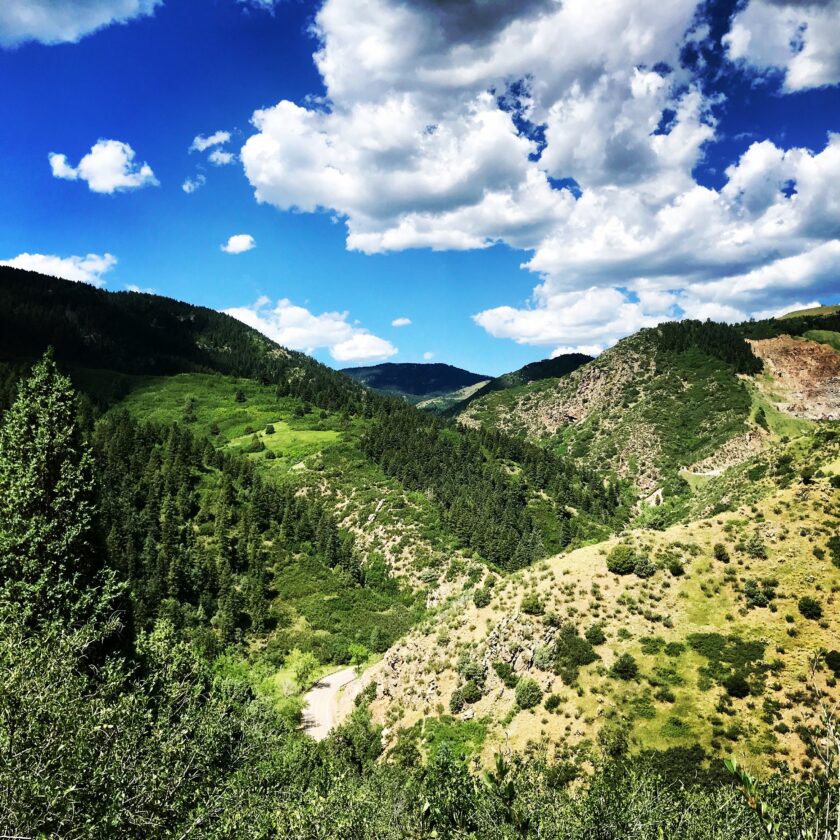The summer was in its early youth, and we decided to land in nature’s lap, through the lush green hills. Earlier we decided on a beach trip but then the mountains took over our thoughts. The journey begins from Dehradun, the capital city of Uttarakhand.
We decided to explore the “Last Indian Village” of Garhwal i.e., Mana. Geared up, we decided to take the state transport for cheap travel and save those bucks for our luxury, & fun. All done and packed, we left Dehradun at 5:00 AM sharp just to ensure that we reached Joshimath on the same day, where the route changes for many locations.
Journey to Mana Village
Halt Point #1 Byasi
We reached Byasi, the refreshment point for the travelers and the starting point for all those rafters and campers. Byasi is the point where rafting for Rishikesh begins, and it is picturesque for the campers alongside Ganga Basin. We had a good breakfast at Byasi and then continued uphill. The real uphill travel begins after 8-10km. ahead of Byasi which leads to many scenic beauties of the lower Himalayas, the lush green shining with the rays of the sun.
Halt Point #2 Devprayag
We reached the first confluence point of the River Ganges while traveling uphill, Devprayag. There is no halt here for State Transport Vehicles, but we insisted the conductor halt here for 5-10minutes. Devprayag – The confluence of River Bhagirathi with Alaknanda, and as the name suggests God’s confluence & origin point of the River Ganga (Ganga is a confluence of many rivers, but Devprayag is the last confluence with Bhagirathi from Gangotri) which flows through the North. The gigantic green Bhagirathi, raging on its path to meet the mud-brown Alaknanda, the scene itself makes it personified.
Halt Point #3 Dhari Devi
We left Srinagar Garhwal after a 2-minute halt for the passengers to deboard, and then we continued uphill. A little G.K. for the readers:- Srinagar is the largest town on plains of Uttaranchal located between the lower Himalayas and the Shivalik, which was once the capital city of Garhwal Kingdom. Reached Dhari Devi, actually, there was no halting point here. We didn’t know the importance of this temple but some of the female passengers insisted the conductor make it a halt here. The temple is located in the middle of River Alaknanda, one of the 108 abodes of Goddess Durga. Dhari Devi is also known as the protector of Kedarnath. We took a quick visit to the temple and were in a hurry to reach Joshimath, our halt point, but it was a nice experience to catch up with the informative things along the journey.
Halt Point #4 Rudraprayag
It was an afternoon that we reached Rudraprayag, the second confluence going uphill and a split way for travelers going to Kedarnath. It was a lunch halt; we did a quick bite lunch as we were not so hungry but were to capture the confluence. We went down to the embankment of the meeting point of rivers, to take a jibe and a quicky photo session along with our mates. Meanwhile, I almost forgot to talk about the confluence: here River Mandakini from Kedarnath meets with the mighty Alaknanda to continue the flow as Alaknanda. The bus honked and we quickly boarded to continue the uphill. Now the hot summer air was fading into a cool breeze, making it feel like we are reaching the Himalayas and a bunch of snow cladded mountains starts making the appearances.
Halt Point #5 Nandprayag
It was the fall of the afternoon striker sun, with an addition of cool breeze due to the sudden increase in the altitude, which was making things comfier and pleasant. We passed the municipal taluka of Nandprayag without halting as we were in a hurry to reach Joshimath before the sunset. It was a beautiful scene at Nandprayag while crossing the Prayag through the bridge and witnessing the holy confluence of Mandakini River with the mighty Alaknanda.
Halt Point #6 Karnprayag
Leaving the Rudraprayag district and entering the Chamoli district of Uttarakhand, which is the last district of the state as well as the country having borders with Tibet (China). We halted at Karnaprayag for evening Tea & Snacks amid beautiful, lush green mountains and a pale evening that was pleasurable. While sipping tea we went to see the confluence of the Pindar River with mighty Alaknanda.
Endpoint Day #1
Reached Joshimath in the evening by 6 PM, we were curious enough to move the same day but the restriction of vehicles after sunset made us halt at Joshimath. The weather here was pure bliss; snow-capped mountains and we were literally shivering with cold. A little shower to let go of the wrath of travel and a little booze for comfort, and to gain confidence to travel the next day fresh.
The next day we booked a cab instead of the state transportation since the roads were narrower and steep, and a kind of freelancing to stop our vehicle wherever we want. We began our journey sharp at 6 AM after doing a great “Pahadi” breakfast from Joshimath.
Day #2: Halt Point #1
The last Prayag of the journey, “Vishnuprayag ” the confluence of DhauliGanga (the Main river of the confluence originating from Niti Valley in Kumaon ) to confluence the mighty Alaknanda. There are many hydroelectric projects made on Alaknanda near Vishnuprayag, the major of them was the “Jaypee HEP ” a 440M.W. Unit, clearly visible from the outskirts of Joshimath. We did a great photo session here and then moved to our destination.
Day #2 Halt Point #2
The Badrinath Temple, one of the sacred shrines of the Chardham Yatra of Uttarakhand, was built by the Guru Adi Shankracharya devoted to Lord Vishnu. The temple itself is a masterpiece of architecture and colorful at par. One will deeply feel the calmness and the serenity. We took a dip in the hot water spring near the temple, and then visited the temple and continued our way to the last village of the Indian Territory.
Day #3 Halt Point #3
The Mana Village, or “India’s Last Village”
We reached here by afternoon trekking through the way. Trek here is an easy one leading one to many of the small points and hotspots devoted to Indian Gods. On the way to the last point, we found many sacred temples and caves which have deep roots in our history. The “Vyas Gufa” where a sage named Ved-Vyas wrote the 4 Vedas. The “Bhim Pul” a boulder constructed bridge on the river Saraswati by Bhim. That was the last point of our trek, the originating point of River Saraswati and the bridge upon her. It’s a picturesque spot for travelers and an easy trek to reach the same. There are various hotspots available like “India’s last tea shop” where we get ourselves clicked for the memories.
So, this way our journey to the Last Indian Village in Uttrakhand was completed. We enjoyed ourselves a lot there with friends.




